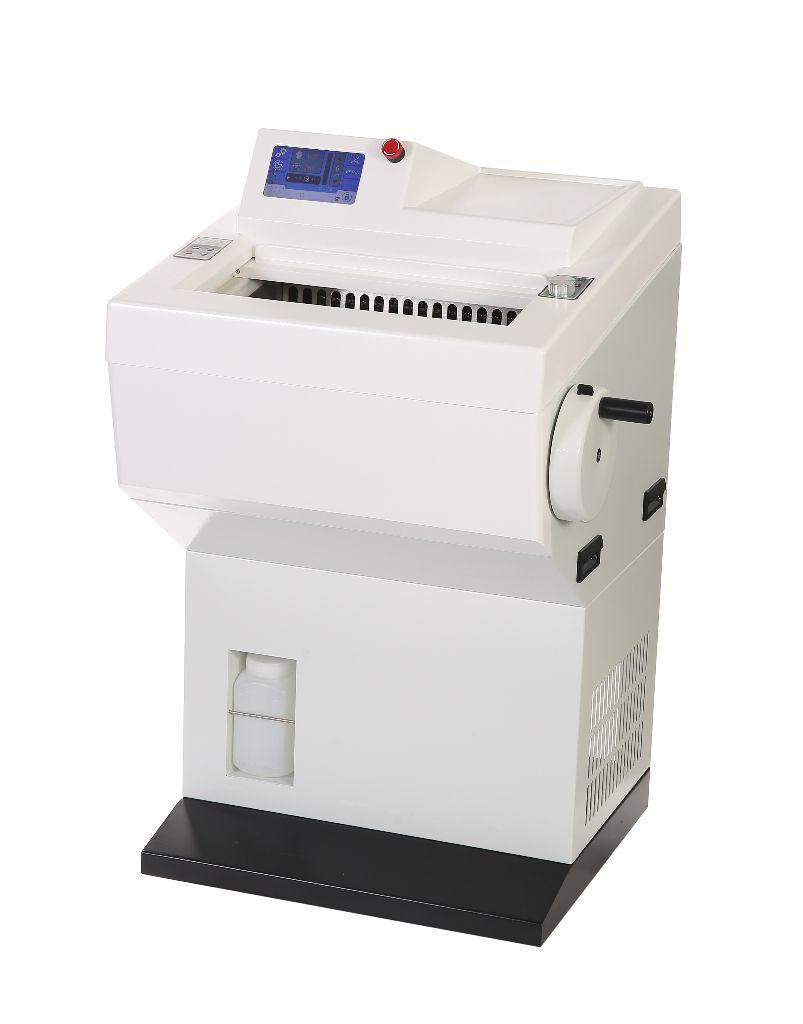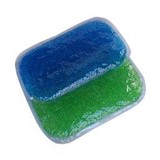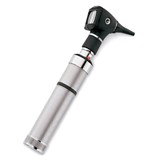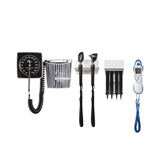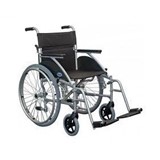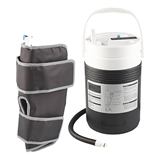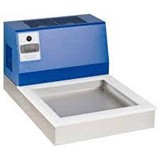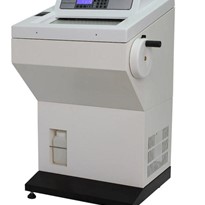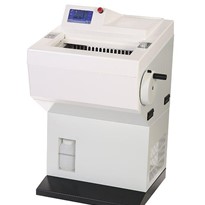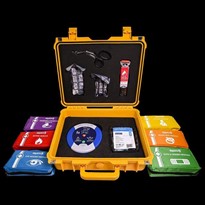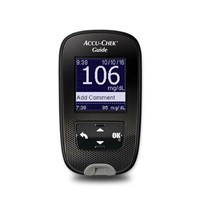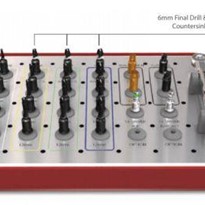Introduction
In the realm of histology and pathology, precision and accuracy are paramount. Cryostat microtomes play a crucial role in this field, enabling the sectioning of frozen tissue specimens for microscopic analysis. Choosing the right cryostat microtome for your laboratory requires careful consideration of various factors. In this comprehensive guide, we will delve into the key aspects to consider when selecting a cryostat microtome, ensuring that it aligns seamlessly with your laboratory's specific needs.
Temperature Control and Stability:
The primary function of a cryostat microtome is to section frozen tissues, making temperature control a critical factor. Look for a cryostat with precise temperature control mechanisms. The ability to maintain stable and low temperatures is essential for preserving the integrity of tissue samples during sectioning.
Temperature Range:
Different tissues may require varying temperatures for optimal sectioning. Ensure that the cryostat microtome you choose offers a wide temperature range to accommodate the diverse needs of your laboratory. The ability to control temperatures below freezing is particularly important for handling a variety of tissue types.
Section Thickness Adjustability:
The flexibility to adjust section thickness is crucial for accommodating the specific requirements of different experiments and analyses. Choose a cryostat microtome that provides a wide range of section thickness settings, allowing for precision in obtaining the desired results.
Knife Holder and Blade Options:
The knife holder and blade options significantly impact the quality of tissue sections. Look for a cryostat microtome that allows easy and secure attachment of various types of blades. Additionally, consider the availability of disposable and reusable blade options, as well as the ease of changing and adjusting blades.
Anti-Roll Plate and Specimen Orientation:
To ensure accurate and consistent sectioning, an anti-roll plate is essential. This feature prevents the tissue specimen from rotating during the cutting process, resulting in more uniform and reliable sections. Consider the ease of specimen orientation and the availability of features that facilitate proper alignment during sectioning.
Chamber Size and Design:
The size and design of the cryostat chamber impact the ease of use and workflow efficiency. A spacious chamber allows for the accommodation of various sample sizes, while an ergonomic design enhances user comfort. Look for a cryostat with features such as illuminated chambers for improved visibility during sectioning.
Freezing Mechanism:
The freezing mechanism of a cryostat microtome influences the speed and efficiency of the sectioning process. Opt for a cryostat with a quick and reliable freezing system, ensuring that the specimen is adequately frozen for precise sectioning. Some models may offer rapid freezing options for increased efficiency.
Safety Features:
Safety is paramount in laboratory settings. Choose a cryostat microtome with safety features such as emergency stop buttons, user authentication, and automatic shut-off mechanisms. These features not only protect users but also contribute to the longevity of the equipment.
Digital Controls and Interface:
Modern cryostat microtomes often come equipped with digital controls and interfaces. Intuitive touchscreens or user-friendly interfaces simplify operation and allow for easy adjustment of parameters. Consider the level of automation and customization options offered by the digital controls to enhance the overall user experience.
Noise Level and Vibration:
The noise level and vibration of a cryostat microtome can impact the working environment and potentially affect the quality of sections. Choose a model with low noise levels and minimal vibration to create a conducive and comfortable working environment in the laboratory.
Maintenance Requirements:
Assess the maintenance requirements of the cryostat microtome. Consider features such as automatic defrosting, self-cleaning mechanisms, and easy access to components for routine maintenance. A system with minimal maintenance needs contributes to the longevity of the equipment and reduces downtime.
Service and Support:
Investigate the availability of service and support from the manufacturer or supplier. Choose a reputable provider that offers comprehensive customer support, including training, technical assistance, and readily available replacement parts. A reliable support system ensures the smooth operation of the cryostat microtome over its lifespan.
Conclusion
Selecting the right cryostat microtome is a significant decision that directly influences the accuracy and efficiency of histological and pathological analyses in the laboratory. By considering factors such as temperature control, section thickness adjustability, knife holder and blade options, safety features, and maintenance requirements, laboratories can make informed decisions that align with their specific needs.
Investing in a cryostat microtome that meets the diverse requirements of tissue sectioning not only enhances the quality of research and diagnosis but also contributes to the overall success of laboratory operations. As technology continues to advance, staying informed about the latest developments in cryostat microtome features and capabilities is essential for making optimal choices and staying at the forefront of histological and pathological research.


